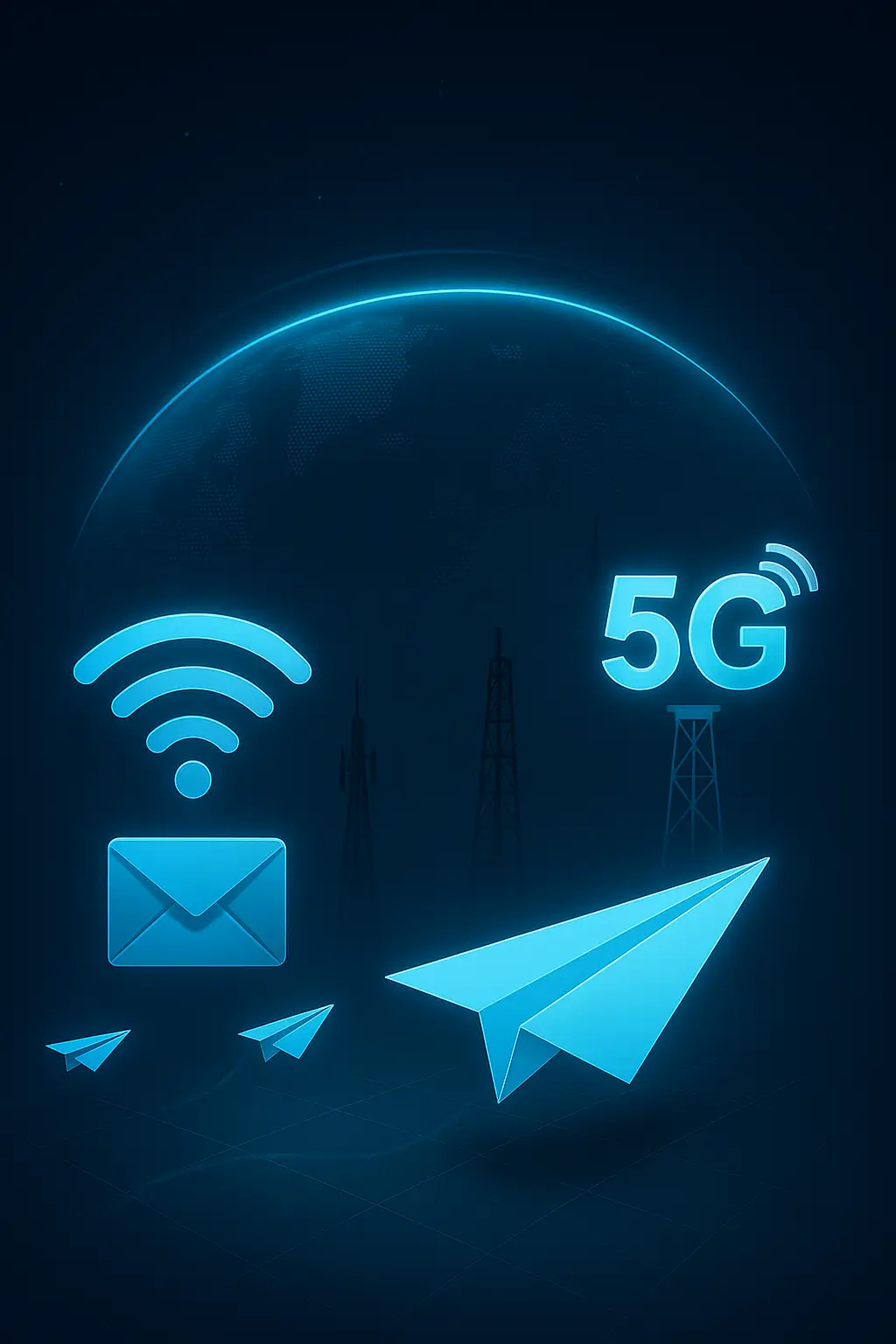The basketball world is about to take a technological leap. As the 5G networks mature and more intelligent infrastructure is put in place in stadiums, the NBA is silently revolutionising the way fans consume the game. Tired of linear broadcasts and static angles, the league is developing toward a future in which viewers at home or in the stands enjoy the game in ultra-responsive, multi-angle, interactive formats.
Why 5G Matters More Than Ever
Traditional sports broadcasts are limited by cable and satellite transponder capabilities, as well as latency. While streaming has ensured accessibility to an extent, the lag, buffering, or lack of camera coverage in many markets is likely to vanish entirely if 5G delivers what it promises.
Broadcasters that switch to 5G will have access to ultra-high-throughput and sub-second-latency wireless networks. This means cameras can be untethered, feeds can be moved without wires, and the production pipeline can be brought closer to the edge.
Rather than pulling fibre or using satellite vehicles, camera crews and mobile units within arenas can transmit high-quality video almost anywhere. This adaptability enables the incorporation of more angles, more immersive views and new visual storytelling opportunities that were previously impossible.
Pilot programs of 5G during sports events like the NBA Summer League have already proved out. In 2019, the NBA took six smartphones running 5G and powered by AT&T’s mmWave network to create a live “Smartphone View” alternate feed. That advertisement, broadcast via ESPN and League Pass, gave fans an up-close, mobile-like viewing experience from inside the venue itself, and that’s just the first experiment of its kind, proving that 5G isn’t just about streaming in high definition, but reimagining the way a game is presented.
Suppose future deployments are to leverage dynamic workflows for sport. In that case, 5G can enable network slicing to reserve dedicated bandwidth for broadcast, edge computing to process video closer to the venue, and real-time integration of analytics, the result: a fluid viewing experience that adapts instantly to network and viewer demand.
How It Actually Looks in Practice
Imagine you’re watching an NBA game at home, and you can press a button on your remote control or phone to switch to a camera floating above the floor. Or getting split-screen micro-perspectives of player handoffs, off-ball movement or sideline interviews, synchronised in real-time. That’s where the NBA broadcast is going with 5G.
In arenas, 5G is creating a new world for in-stadium fans. Rather than fixed scoreboard displays or limited video boards, fans cannot only select camera angles on their phones but also stream replays from various angles and mini-feeds directly to their seats. Interactive overlays, such as player stats, shot odds, and micro-metrics, can be applied to video in real-time.
NBA Summer League is still the Association’s innovation lab. Over the past few seasons, the league has experimented with new audio workflows, mic arrays, and cloud-based multi-language feeds. These innovations can leverage 5G’s connectivity backbone to support scalability without requiring massive physical infrastructure. Over time, these solutions may find their way into regular-season and playoff production.
Perhaps more exciting: a broadcast that combines video, AR and VR. Using 5G, fans could have virtual courts projected in their living rooms, switching up to augmented overlays of shot arcs or player biometrics, or even experience immersive formats that feel like they are courtside.
As a result of this evolution, the gap between sports and entertainment decreases. Live data, graphics, and secondary information can be superimposed on request. The viewing experience becomes not just a one-size broadcast but an individual journey.
Global Reach and Multi-Platform Effect
As the content on the NBA diversifies and evolves to become interactive, its global scope widens. Fans from different countries can enjoy special feeds explicitly designed for them, featuring different commenters, camera angles, or presentation styles that cater to their culture. This flexibility is essential for a league that builds a global fan base across time zones.
It is important to note how audiences outside the US already engage with NBA culture through various digital platforms. For example, Australian football fans closely follow the league’s stories, standout players and emerging talent across different sports media outlets. This global interest highlights how the NBA’s media presence continues to expand and evolve. With 5G-powered broadcasting joining the mix, the connection between live coverage, social media, and fan platforms is becoming even more seamless
The future NBA stream isn’t just TV plus app, it’s a continuous flow. Micro-highlights, clips, alternate takes, and social streams will dynamically combine with the core video. Meanwhile, data is streaming from broadcast feed to analytics platforms to fan apps in near real-time, providing teams, commentators and platforms with new ways to respond.
Challenges to Clearing the Court
This vision has very real barriers. Installing 5G infrastructure within the stadiums and arenas is complicated – there are steel, concrete, and equipment inside buildings, all of which disrupt the signal. Network providers should work with venues, operators, and broadcasters to reserve spectrum, deploy private 5G cells, and provide reliable coverage.
The second challenge is standardisation. As the industry experiments, a variety of protocols, latency targets, and quality tradeoffs are emerging. Sync patterns, formats and fallback systems will be integral to the ability to scale beyond single tests.
Cost is also a factor. The CAPEX and OPEX for 5G installation, edge servers, camera systems, and network maintenance are high. Venues and broadcasters need to prove their existence, either through high-quality content, greater fan engagement, or new models of monetisation.
Finally, latency and synchronisation need to be as stable as possible. In sports, very minor delays or misalignments in audio/video can compromise the experience. The system needs to be scalable without losing the sense of immediacy.
Still, this investment is picking up pace. Broadcasters across the media spectrum are rushing to switch from bonded cellular 4G links to end-to-end 5G-based production systems. Live events are also becoming seen as a target for the media industry, with 5G seen as the next big thing.
Benefit from Massive discount on our 5G Training with 5WorldPro.com
Start your 5G journey and obtain 5G certification
contact us: contact@5GWorldPro.com


